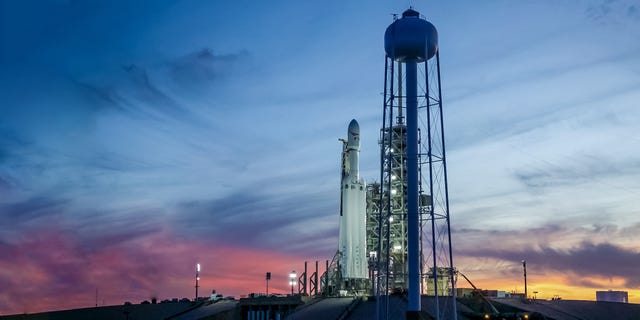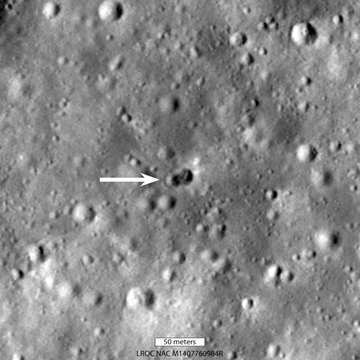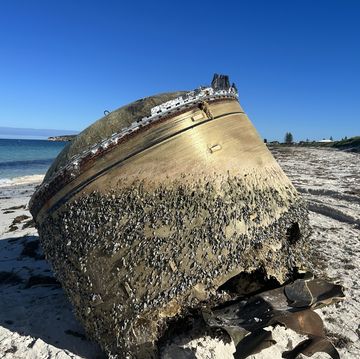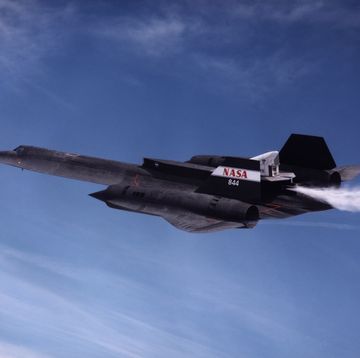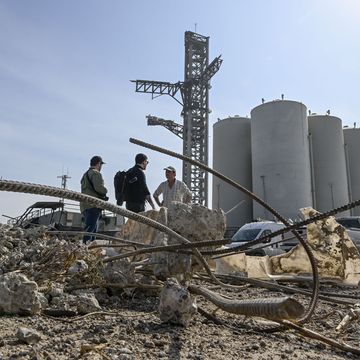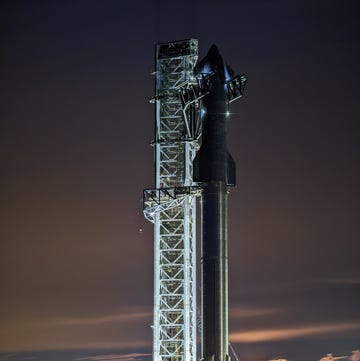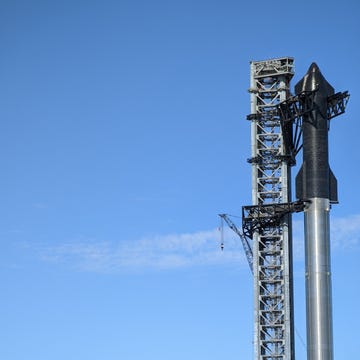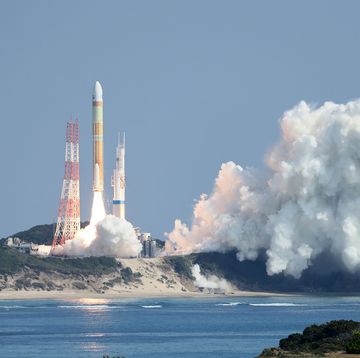Update 7:45 p.m. EST: Elon Musk confirmed that the core booster of Falcon Heavy failed to land on the drone ship and was lost.
Update 4:03 p.m. EST: The launch of Falcon Heavy was successful, and the two side boosters returned to conduct successful landings on two landing pads at Cape Canaveral. SpaceX has yet to confirm what happened to the center booster. Read more here.
Original Post:
The day has finally come. Today, February 6, SpaceX will make its first attempt to launch Falcon Heavy from Kennedy Space Center's Launch Pad 39A, the same spot that Apollo 11 began its journey to the moon.
The launch is planned for 3:45 p.m. EST with a window that extends to 4:00 p.m., and a backup launch window is scheduled for 1:30 p.m. EST on Wednesday, February 7. You can watch a livestream of the launch below, with coverage starting at 3:25 p.m. EST.
It's sunny and calm with only wispy clouds interrupting the blue sky here at Kennedy Space Center. Temperatures are hovering around 70 degrees Fahrenheit, and the U.S. Air Force 45th Weather Squadron is predicting an 80 percent chance of go conditions for today's launch attempt. As many as 100,000 people are flocking to Space Coast to see the largest rocket since Saturn V, the most powerful thing to launch from U.S. soil since the space shuttle.
Riding with Falcon Heavy will be Elon Musk's red Tesla Roadster, bound for an elliptical orbit around the sun that will periodically take the car between Mars and Earth—as well as aspirations of returning to the moon, flying habitats to Mars, launching to the outer solar system, and laying the groundwork for humanity to colonize the solar system. The sun is out, the rocket is vertical, and Falcon Heavy is ready to fly.
*This post has been updated with new launch times and the webcast video.

Jay Bennett is the associate editor of PopularMechanics.com. He has also written for Smithsonian, Popular Science and Outside Magazine.
